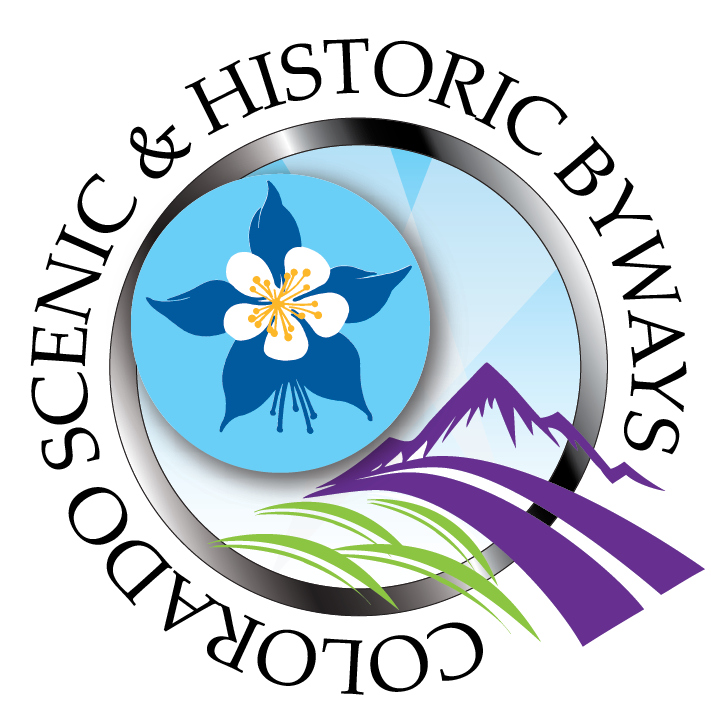Heartland Ranch Nature Preserve: Restoring the American Serengeti
Permanent refuge for prairie wildlife
Project: Heartland Ranch Nature Preserve
Landowner: Southern Plains Land Trust
Location: Lamar, southeastern plains
Topics: Prairie wildlife, resilience, wildlife sanctuary
As new development throughout Colorado continues at a furious pace, conservation and wildlife protection organizations are doing everything they can to ensure that Colorado’s natural landscapes stay untouched and untamed. Some groups are working with individual landowners to create conservation plans that protect land and small tracts from development, while others are working in concert with policymakers to create proactive measures that will preserve specific areas.
One land trust is taking a fully unique approach: It directly purchases and manages land and further protects it through strict conservation easements to ensure that the region’s native plants and animals have a place to thrive.
Southern Plains Land Trust (SPLT), headquartered near Lamar on Colorado’s southeastern plains, was founded in 1998 with the express goal of creating and protecting a network of shortgrass prairie preserves. The group has been further inspired by historian Dan Flores’ book, American Serengeti: The Last Big Animals of the Great Plains. Flores’ award-winning publication recalls that North America’s grasslands were once teeming with diverse wildlife, including countless bison, pronghorn, elk, grizzly bears, wolves and coyotes.
“Wildlife need all the refuge we can give them, and more.”
Flores suggests that the wildlife of the American prairie was once akin to the abundant wildlife of the African Serengeti, and SPLT believes that the most powerful thing it can do is to directly purchase land and conserve it. Once it acquires land, the land trust’s goal is to provide total refuge for the diverse wildlife and plants native to the region. Today, the group owns 50,000 acres, or 78 square miles of land, and has placed easements on an additional 6,000 acres.
These landscapes are home to a diverse cast of wildlife from prairie dogs, jackrabbits, foxes, deer, coyotes, lizards, rattlesnakes and dozens of bird species, to bison, bobcat, beaver and prairie elk. Once prolific, elk were hunted out of the prairie, and fled to the forests. But they are natural grazers, and they belong on the prairie. “Wildlife need all the refuge we can give them, and more,” says Dr. Nicole Rosmarino, SPLT’s executive director. At the crux of SPLT’s work, creating refuge requires ongoing effort.
Rewilding the prairie and creating resilience
SPLT is focused on “rewilding” the prairie – and bison are at the center of this work. Our national mammal, which once proliferated in the millions, was close to extinction more than a hundred years ago. Starting in 2015, SPLT introduced bison to its Heartland Ranch Nature Preserve, a 43,000-acre sanctuary. The bison are an essential contributor to a healthy ecosystem because they move across the landscape, grazing some areas more heavily and some more lightly, thereby creating a mosaic of plant communities.
Bison are specially adapted to the Great Plains, feeding on the dense and deep-rooted native plant species like blue grama and buffalograss, which are abundant in the shortgrass prairie. Bison knock down trees and shrubs, thus maintaining their grassland habitat. They also create shallow depressions called wallows when they dust-bathe to relieve themselves from insects and heat. These wallows can fill up with summer rains, giving rise to new generations of spadefoot toads and wildflowers.
“Our national mammal, which once proliferated in the millions, was close to extinction more than a hundred years ago. Seeing the bison on their native lands again and letting them roam “is ecological magic.””
“The prairie is full of surprises,” says Nicole. Home to milkweed for the bees and butterflies, to tarantulas, to springs and streams, and to rock outcroppings, the prairie is teeming with life. Seeing the bison on their native lands again and letting them roam “is ecological magic,” she says.
The reintroduction of black-footed ferrets is also a key rewilding activity. These endangered weasel-like animals, once thought to be extinct, are the only ferret species native to North America. Because black-footed ferrets prey mostly on prairie dogs and provide food for raptors and other night hunters, they serve an important function in a healthy ecosystem. SPLT’s preserves are a sanctuary for all of these creatures, protecting prairie dogs from all threats and working with governmental wildlife agencies to reintroduce black-footed ferrets to its land.
In addition, rewilding involves removing non-native and invasive plant species that choke streams and crowd out native plants. SPLT plants native trees along waterways to provide lush cover for wildlife habitats. For the past five years, the group has worked with teams of SPLT volunteers, as well as Mile High Youth Corps and Volunteers for Outdoor Colorado, to plant hundreds of cottonwoods, coyote willow and skunkbush sumac trees. When grown, these trees will provide much-needed support to the region’s birds, porcupines, mule deer, raccoons and coyotes.
Even beaver populations on the prairie are growing as SPLT works to restore wetlands and streams. Beavers are beginning to be recognized as important workers for climate resilience, as their dams and the sediments corralled behind them store carbon, temporarily keeping greenhouse gases containing that carbon out of the atmosphere. In an increasingly dry and hot climate, beavers create wetlands that are oases in the shortgrass prairie.
As part of its rewilding efforts, SPLT is intent on making the properties safer for wildlife so that they can move freely across the landscape. This involves removing or modifying miles of dangerous fence as well as collecting litter, such as farming and ranching implements, piles of old tires and other debris.
Every year, SPLT recycles tons of scrap iron and other trash from its lands. It’s a continual effort that requires dozens of volunteers. SPLT also routinely teams up with its ranching neighbors to create wildlife-friendly fences.
A broadening prairie vision
Looking ahead, SPLT’s focus remains on identifying and purchasing contiguous plots of land so that it can expand the areas of refuge it currently protects. In total, SPLT owns two preserves in Bent County and one in Baca County, and has conservation easements on two properties in Baca and Prowers Counties.
In addition to its prairie restoration work, SPLT has worked to restore and maintain the Penrose School, a century-old schoolhouse that sits on SPLT’s Raven’s Nest Preserve. Teaming up with History Colorado and the Bent County Historical Society, SPLT undertook a two-year rehabilitation of the building and now welcomes students and other groups who visit to learn more about the local ecosystems. These efforts will help inform and develop the next generation of people to take care of the land.
Across all of SPLT’s beautiful preserves, hundreds of native plants and wildlife thrive. Ultimately, that’s the land trust’s mission – to create refuges for the wild ones.
Produced in partnership:





















